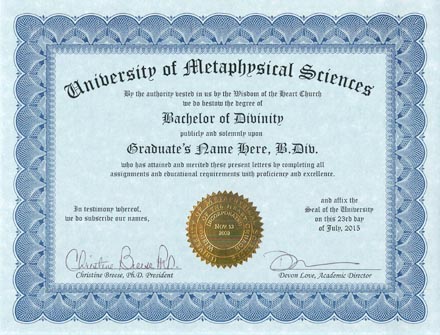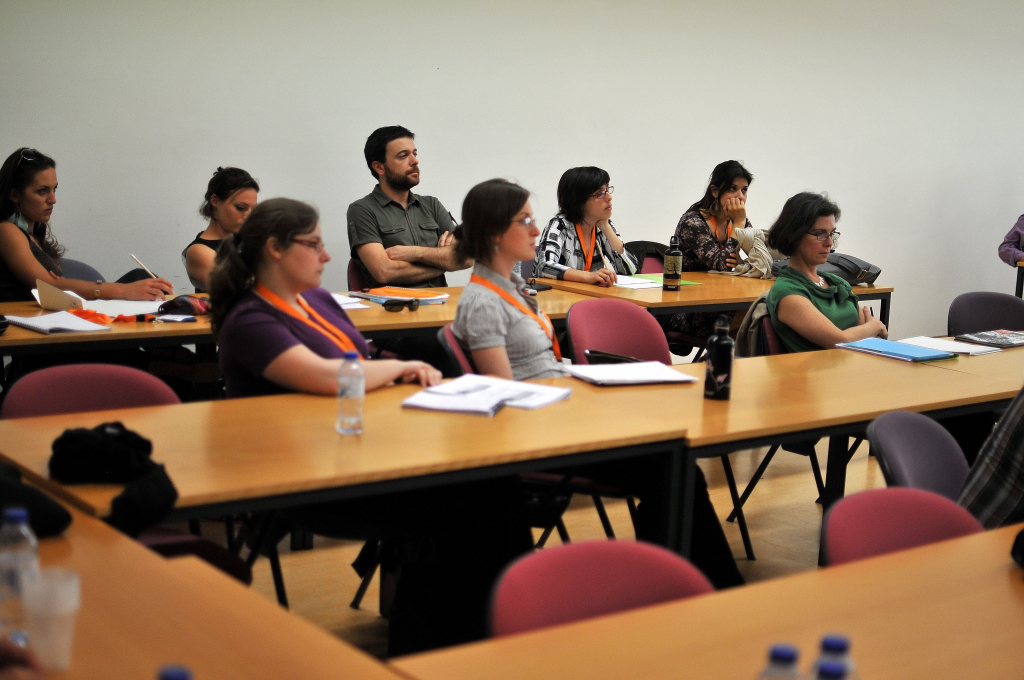How Do You Say Bye In Spanish

Saying goodbye in Spanish can vary depending on the context, the time of day, and the level of formality. Here are some common ways to bid farewell:
-
Adiós: This is a general way to say goodbye and can be used in both formal and informal situations. It’s more common in Spain than in some Latin American countries.
Hasta luego: Meaning “see you later,” this is a very common way to say goodbye, especially when you expect to see the person again soon. It’s informal and widely used.
Hasta mañana: If you’re parting ways for the day but expect to see the person the next day, you can use “hasta mañana,” which means “until tomorrow.”
Buenos días/tardes/noches: While these greetings mean “good morning,” “good afternoon,” and “good evening,” respectively, they can also be used as a way to bid farewell during the respective times of day.
Chau: This is an informal way of saying goodbye, commonly used in many Latin American countries. It’s similar to “bye” in English and is very casual.
Que tengas un buen día/tarde/noche: Translating to “have a good day/afternoon/night,” this is a polite way to say goodbye, wishing the person well for the rest of their day.
Hasta siempre: This means “until forever” or “until always” and is a more dramatic or sentimental way to say goodbye, implying you might not see the person again.
Nos vemos: Simple and straightforward, “nos vemos” means “we’ll see each other” and is used to bid farewell with the expectation of meeting again.
When saying goodbye, it’s also common to add a physical gesture like a handshake, a kiss on each cheek (in more formal or familiar scenarios, especially in Spain and some parts of Latin America), or a hug, depending on your relationship with the person.
Additional Tips:
- In formal situations, you might use more formal expressions like “Le deseo un buen día” (I wish you a good day).
- The choice of goodbye also depends on how well you know the person and the cultural norms of the specific Spanish-speaking country you’re in.
- In written communication, especially in emails or letters, you might end with expressions like “Atentamente” (sincerely) or “Un saludo” (a greeting), followed by your name.
Understanding the nuances of greetings and farewells can significantly enhance your interactions and relationships when communicating in Spanish.


